Travel Journal: Days 20, 21, & 22 - Portugal 🇵🇹
From Évora’s Ancient Bones to Lisbon’s Lively Nights, and on to Porto’s Riverside Charm
Day 20: From Seville to Évora, A Step Back in Time - Leaving Seville behind, our journey into Portugal began with a stop in Évora for lunch. This charming city, a UNESCO World Heritage Site, is a treasure trove for history enthusiasts. Its well-preserved medieval architecture and vibrant cultural scene are woven with Roman, Gothic, and Baroque influences.
One of Évora’s most intriguing attractions is the Chapel of Bones (Capela dos Ossos), located within the Church of St. Francis. Built in the 16th century by a Franciscan monk, the chapel’s walls and pillars are adorned with the bones and skulls of approximately 5,000 monks, arranged in hauntingly intricate patterns. Above the entrance, the inscription reads: “Nós ossos que aqui estamos, pelos vossos esperamos” - “We bones that are here, for yours we wait.” Although the chapel was closed for Easter, I had the privilege of quietly joining the Easter Mass already in progress at the Church of St. Francis. This was the second mass I’ve attended during my visit, after a long absence from the tradition. Sitting in the pews, I was flooded with childhood memories of attending mass with my family—especially my grandmother, a devoted Catholic. The experience was both beautiful and moving, connecting me not only to my own past, but also to the rich spiritual history of Portugal in a profound way.
Afterward, I enjoyed a delightful lunch with Kathy and Steven, savoring local flavors and great company. Kathy and I made a quick dash to the Évora Cathedral, admiring its stunning architecture, though we ran out of time to climb the 106 winding steps for the panoramic rooftop views. It was a memorable day filled with spiritual reflection, good food, and wonderful companionship.
Évora’s magic extends beyond the Chapel of Bones, with sites like the Roman Temple, the Évora Cathedral, and Giraldo Square. Its narrow cobblestone streets and whitewashed houses create a picturesque setting that captures the essence of Portugal’s rich cultural heritage. Alas, the bus tour provided only a taste, with too little time to take it all in.
Onto Lisbon: First Impressions and Nighttime Adventures - We continued on to Lisbon for the next two nights. Some of our group joined an excursion for dinner accompanied by the soulful sounds of Fado music—a must for any visit to Portugal—while others opted for independent sightseeing or a much-needed siesta. Randy, Alexi, and I explored Lisbon by night, visiting Pink Street, the bay, and the city’s central plaza. The Metropolitano de Lisboa, or metro, made navigating the city quick and easy, whisking us from our hotel to the heart of the action.
Lisbon’s history is as layered as its hills. Founded by the Phoenicians, it became a significant Roman city before falling under Moorish rule in the 8th century. The Christian reconquest in 1147 marked a turning point, leading to Lisbon’s rise as a major European power during the Age of Discoveries. Explorers like Vasco da Gama set sail from here, establishing trade routes that brought wealth and influence. The city survived the devastating earthquake of 1755, which led to a massive reconstruction and the distinctive Pombaline architecture we see today. Through dictatorship, revolution, and renewal, Lisbon has emerged as a vibrant, multicultural capital.
Often compared to San Francisco for its scenic hills, iconic trams, and beautiful views of the Tagus River, Lisbon blends tradition and modernity. Historic neighborhoods like Alfama stand alongside contemporary areas like Parque das Nações.
Pink Street (Rua Nova do Carvalho), once a seedy district, has transformed into one of Lisbon’s most famous nightlife spots. Its bright pink pavement is lined with bars, clubs, and restaurants, making it a popular destination for locals and tourists alike.
Day 21: Lisbon – Rain, Rambles, and the Rhythm of Fado - We spent the morning touring Lisbon by bus, stopping at the riverfront for photo opportunities between rain showers. The afternoon was free for wandering the city’s charming streets. After a brief rest, several of us ventured out again on the metro for dinner and to enjoy Fado music on Pink Street—giving those of us who did not attend the previous night’s dinner the opportunity to experience this iconic Portuguese tradition. For me, it was not only a chance to hear the haunting melodies of Fado, but also to enjoy one of the best Portuguese chicken meals of the trip. The company was wonderful, making it one of my favorite nights of the journey.
Day 22: Lisbon to Porto, Pilgrimage, Potter, and Port Wine-
Our journey north began with a stop in Fátima, a small town that has become one of the world’s most important Catholic pilgrimage sites. In 1917, three young shepherd children—Lúcia dos Santos and her cousins Francisco and Jacinta Marto—reported apparitions of the Virgin Mary. The final apparition, on October 13, 1917, was accompanied by the “Miracle of the Sun,” witnessed by thousands. Today, the Sanctuary of Fátima draws millions of pilgrims each year. The “Path of the Penitents” (Caminho dos Penitentes) is a section where pilgrims walk on their knees as an act of devotion, leading to the Chapel of the Apparitions—a deeply moving experience.
Next, we visited Coimbra, a city renowned for its cultural heritage and as the home of one of Europe’s oldest universities, founded in 1290. The university’s Joanina Library and Royal Palace of Alcáçova are architectural marvels. The black capes worn by students are said to have inspired the uniforms in the Harry Potter series; J.K. Rowling lived in Portugal and was reportedly influenced by local traditions. After my comadre’s photo op with a student in full academic regalia, we ventured down to the town center for lunch and a peek into unique shops for some reason selling U.S. memorabilia..
Upon arriving in Porto, we checked into our hotel and quickly set out for a tour of the bay aboard a traditional Rabelo boat. These wooden vessels once transported barrels of port wine from the Douro Valley to Vila Nova de Gaia. As we cruised along the Douro River, passing beneath several of Porto’s historic bridges—including some designed by Gustave Eiffel or his lesser-known partner, Théophile Seyrig—we made our way toward the point where the river meets the Atlantic Ocean. The journey offered beautiful views of the city and its iconic waterfront.
After our cruise, we enjoyed a wonderful meal at a restaurant situated along the bluffs of the river, overlooking the bay. Perched just above the Douro River, the restaurant provided views of Porto’s city lights and the dramatic spot where the river flows into the Atlantic. The combination of delicious food, the company of my many new friends, and the stunning outlook over the river and city made for an unforgettable dining experience.
Tomorrow, we’ll dive deeper into Porto’s charms—but for now, I’m savoring the memories of a day filled with history, faith, and friendship.
Copyright © 2025 by William O’Neill All Rights Reserved




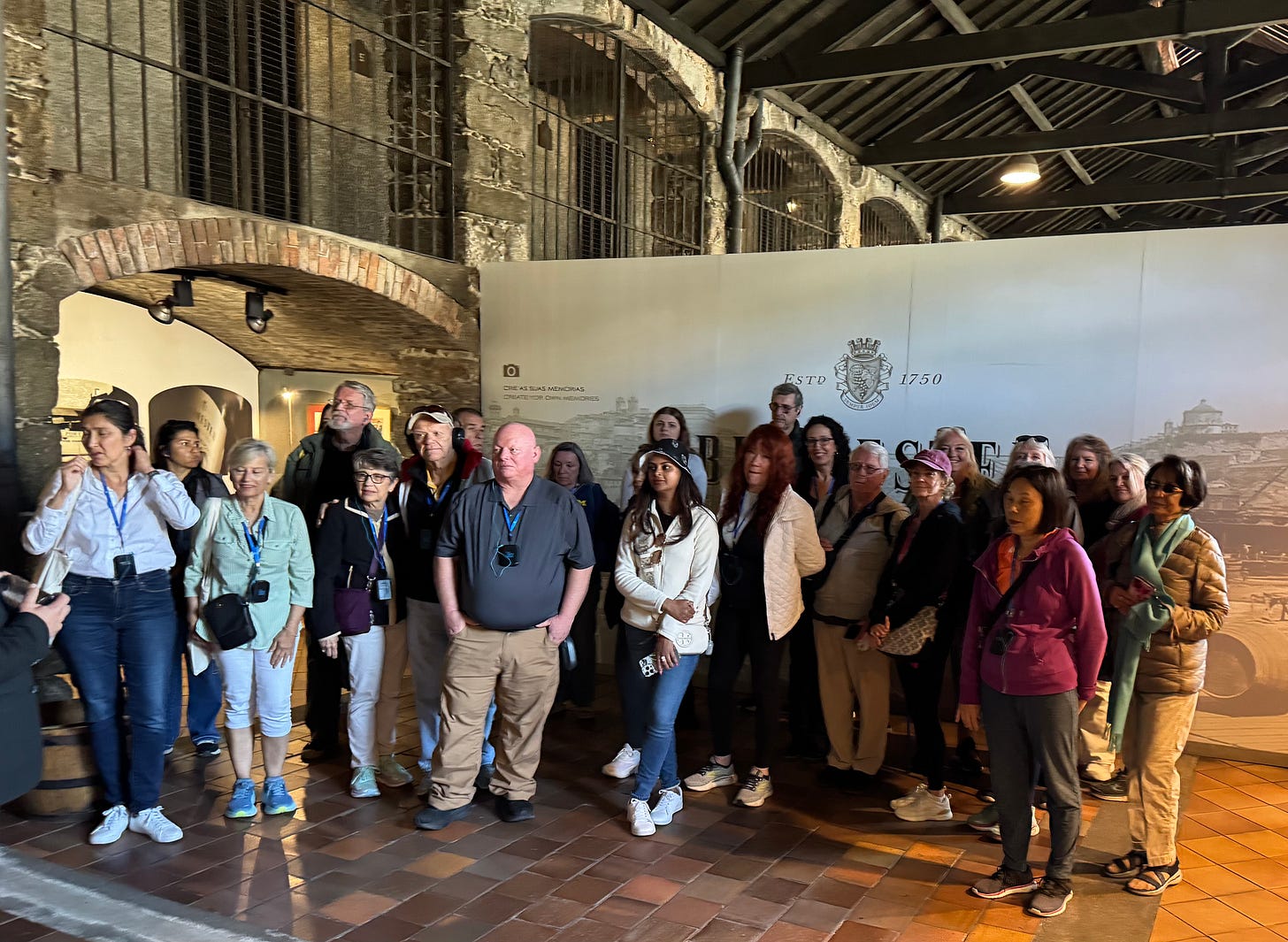
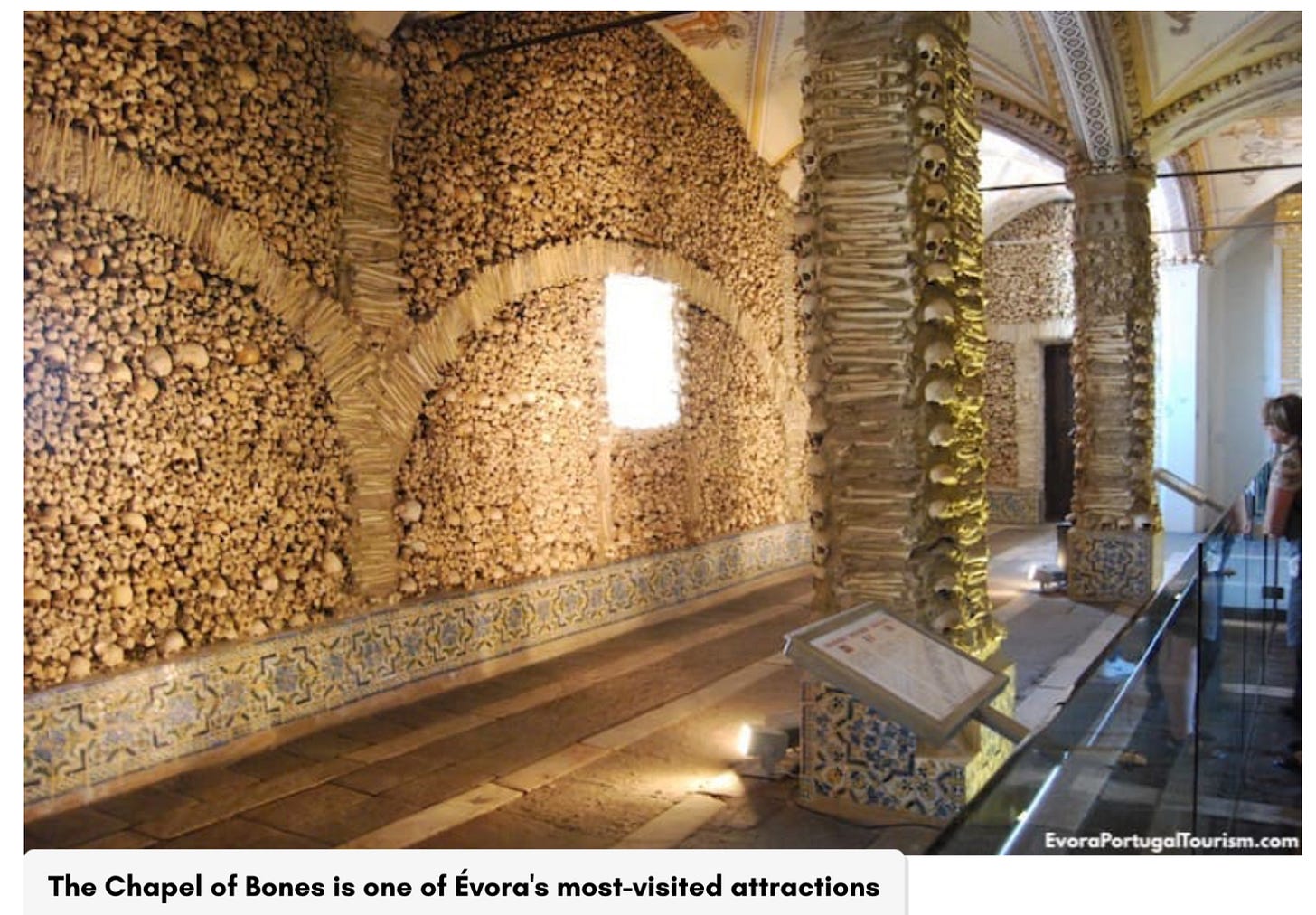
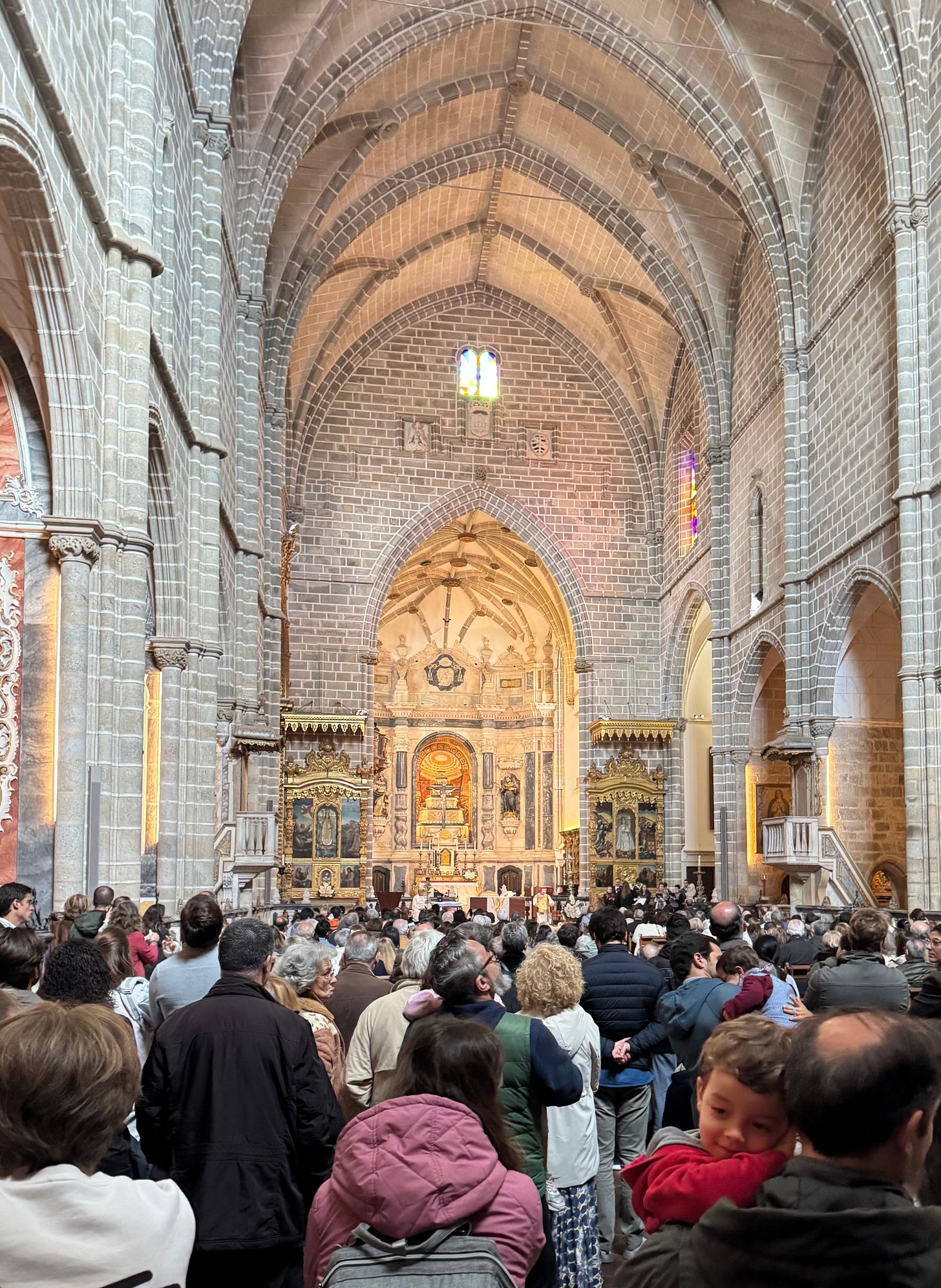
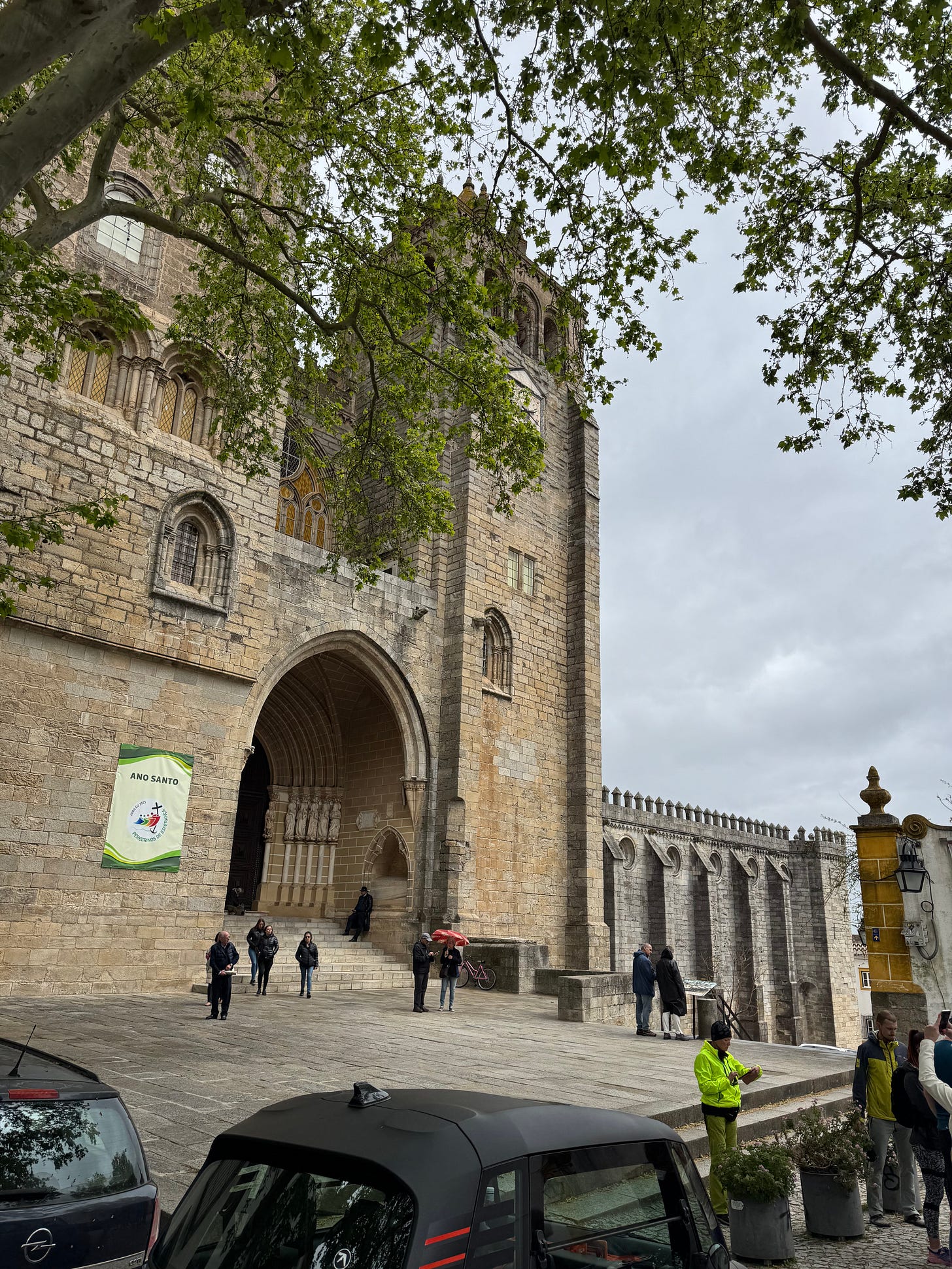
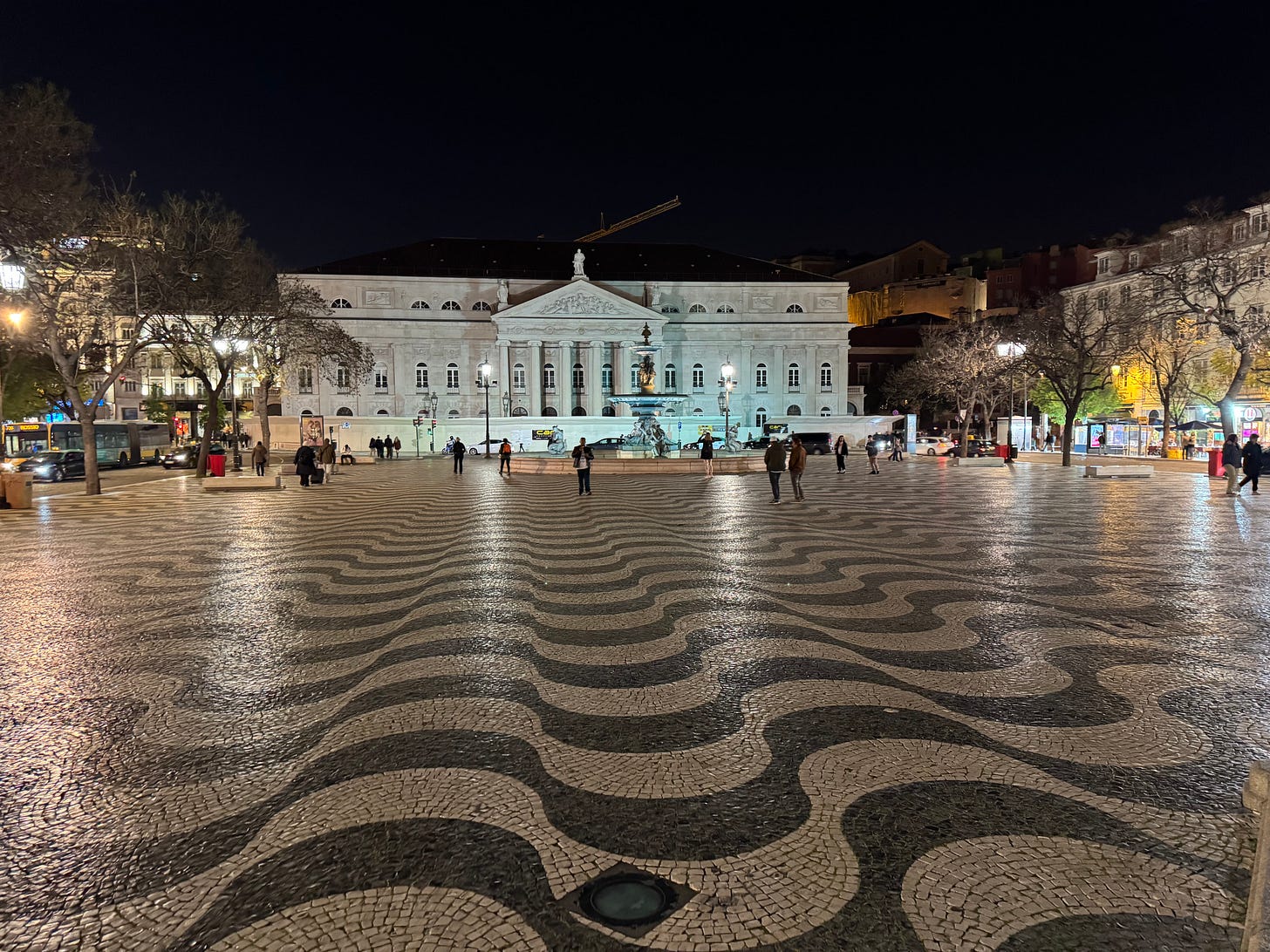
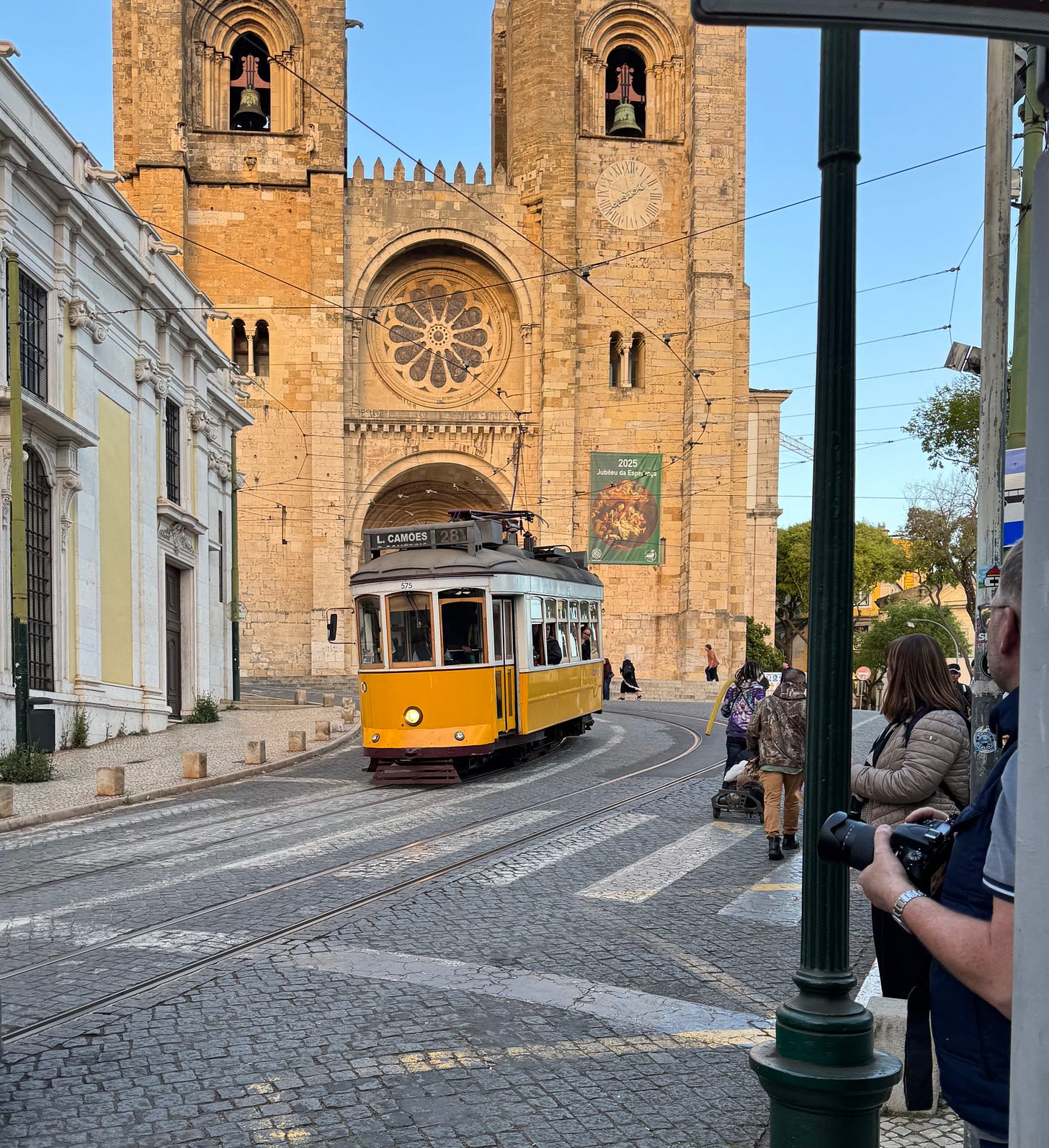
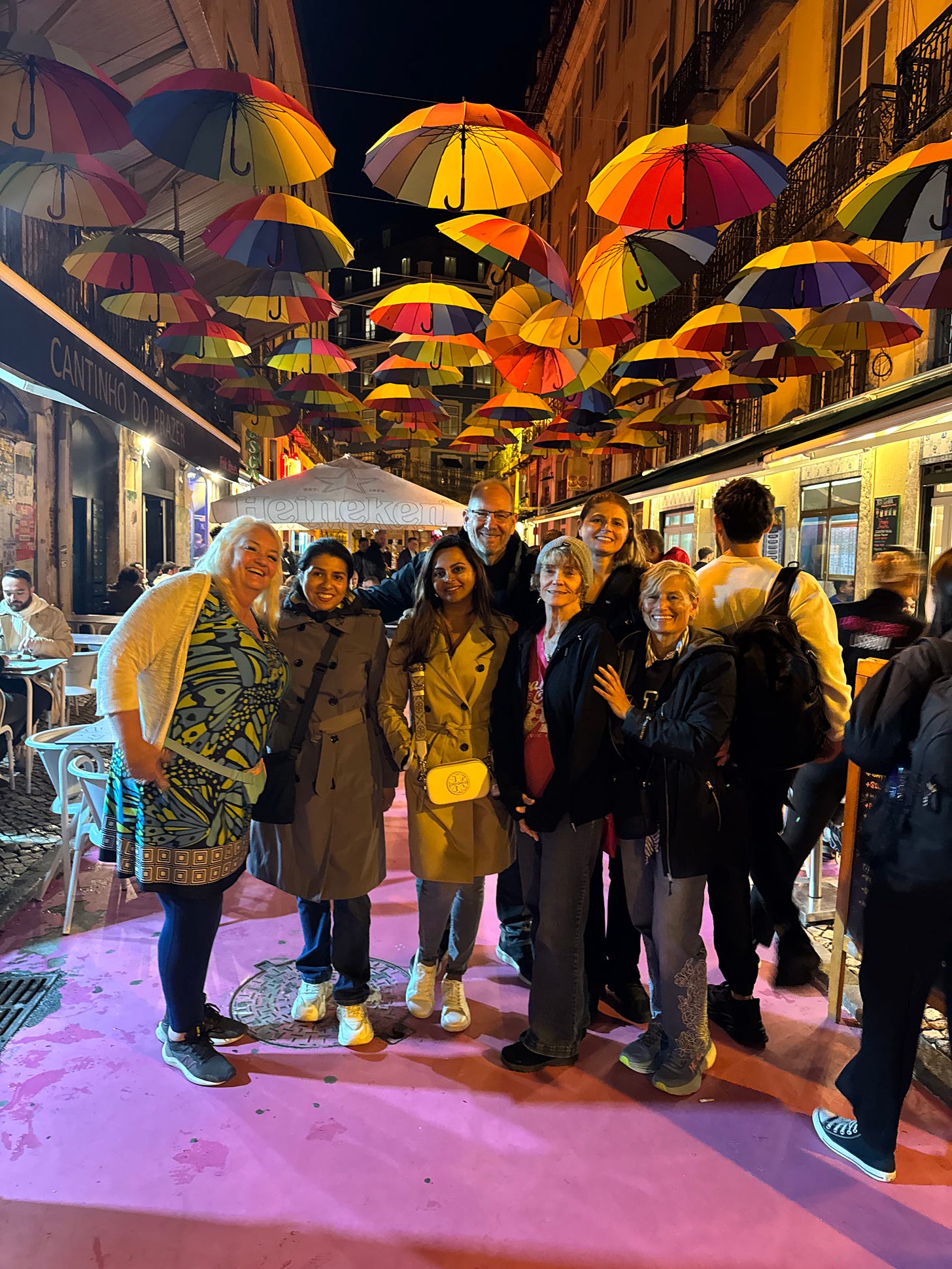
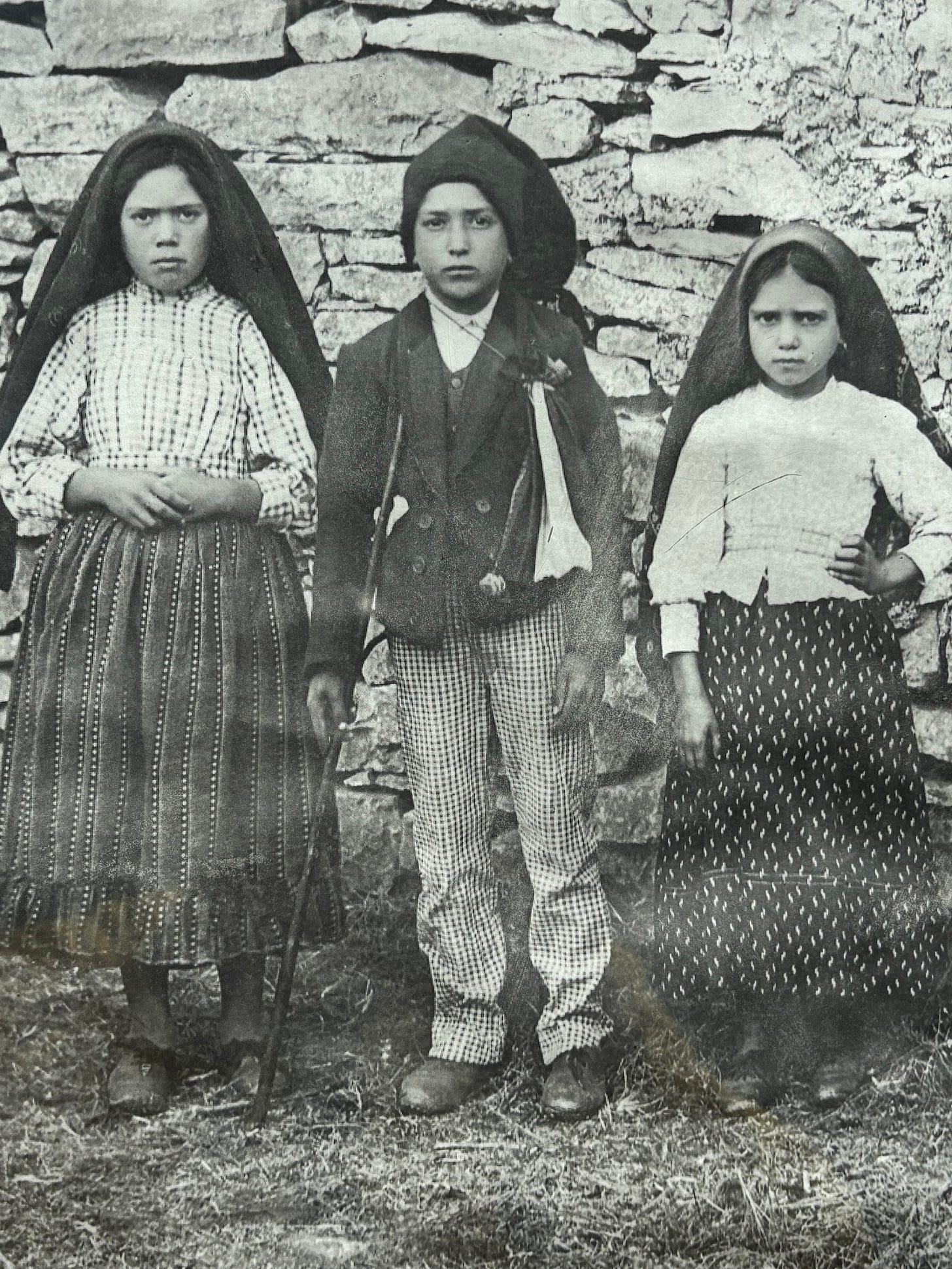
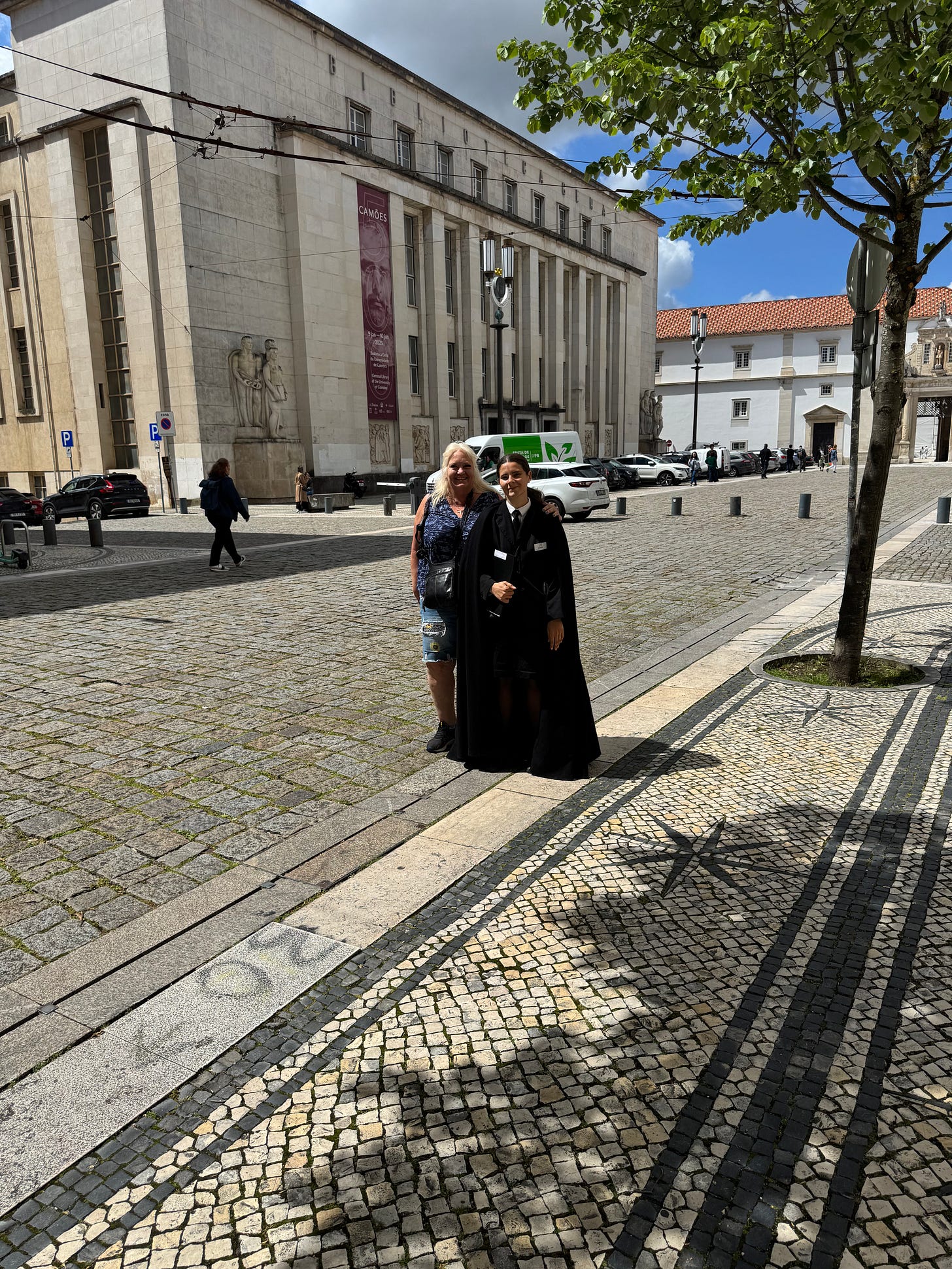
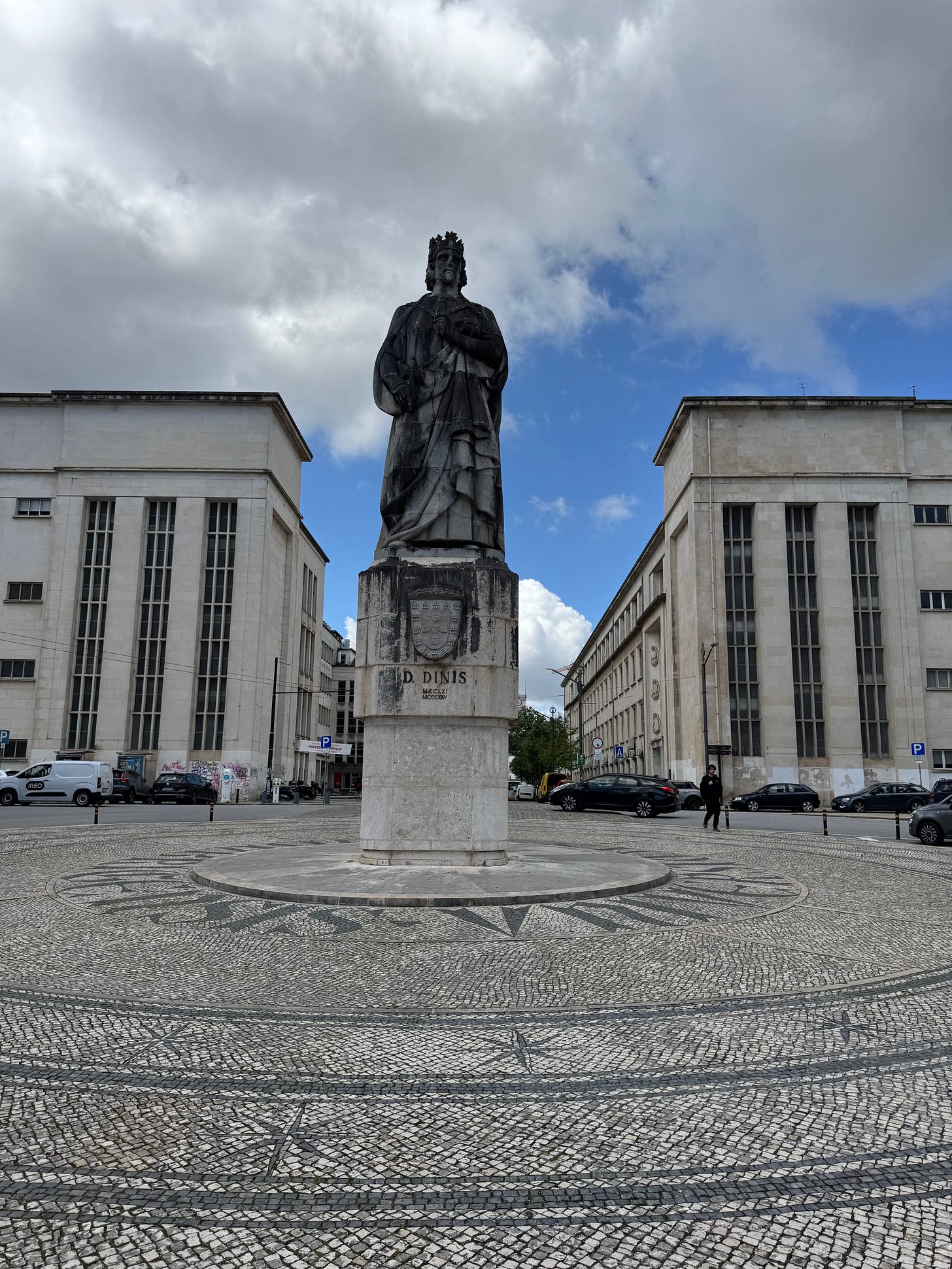
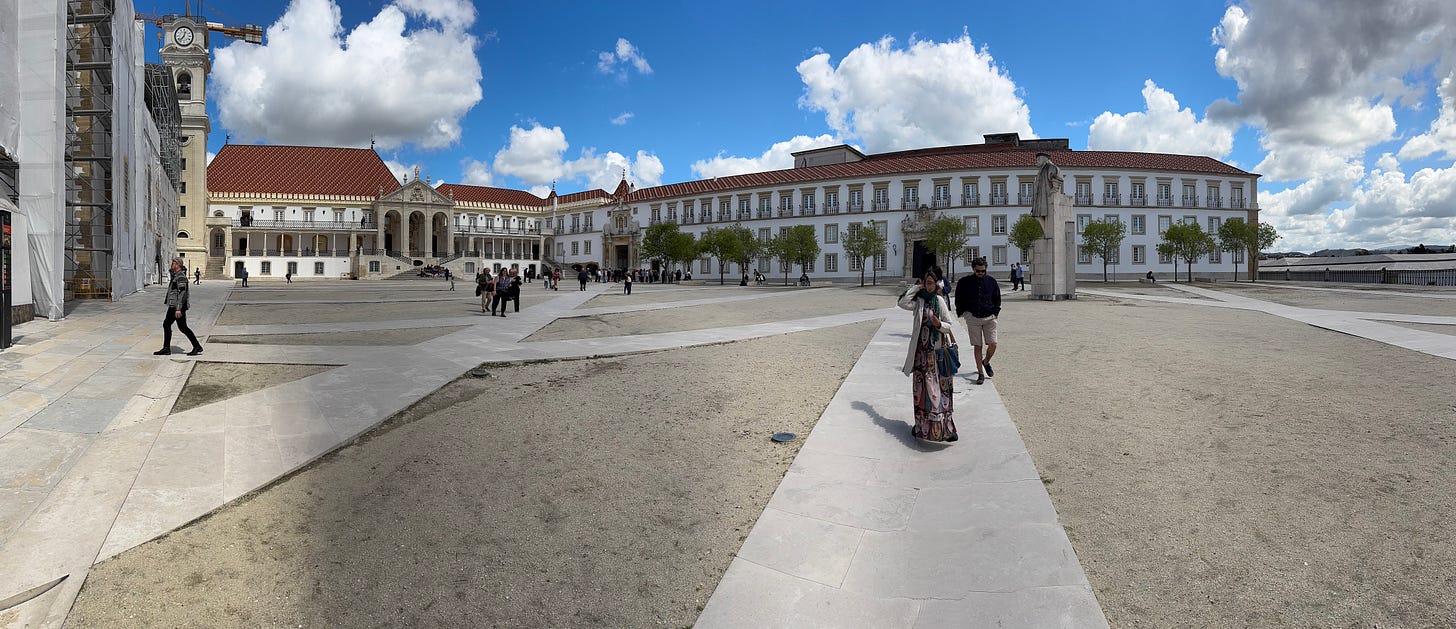
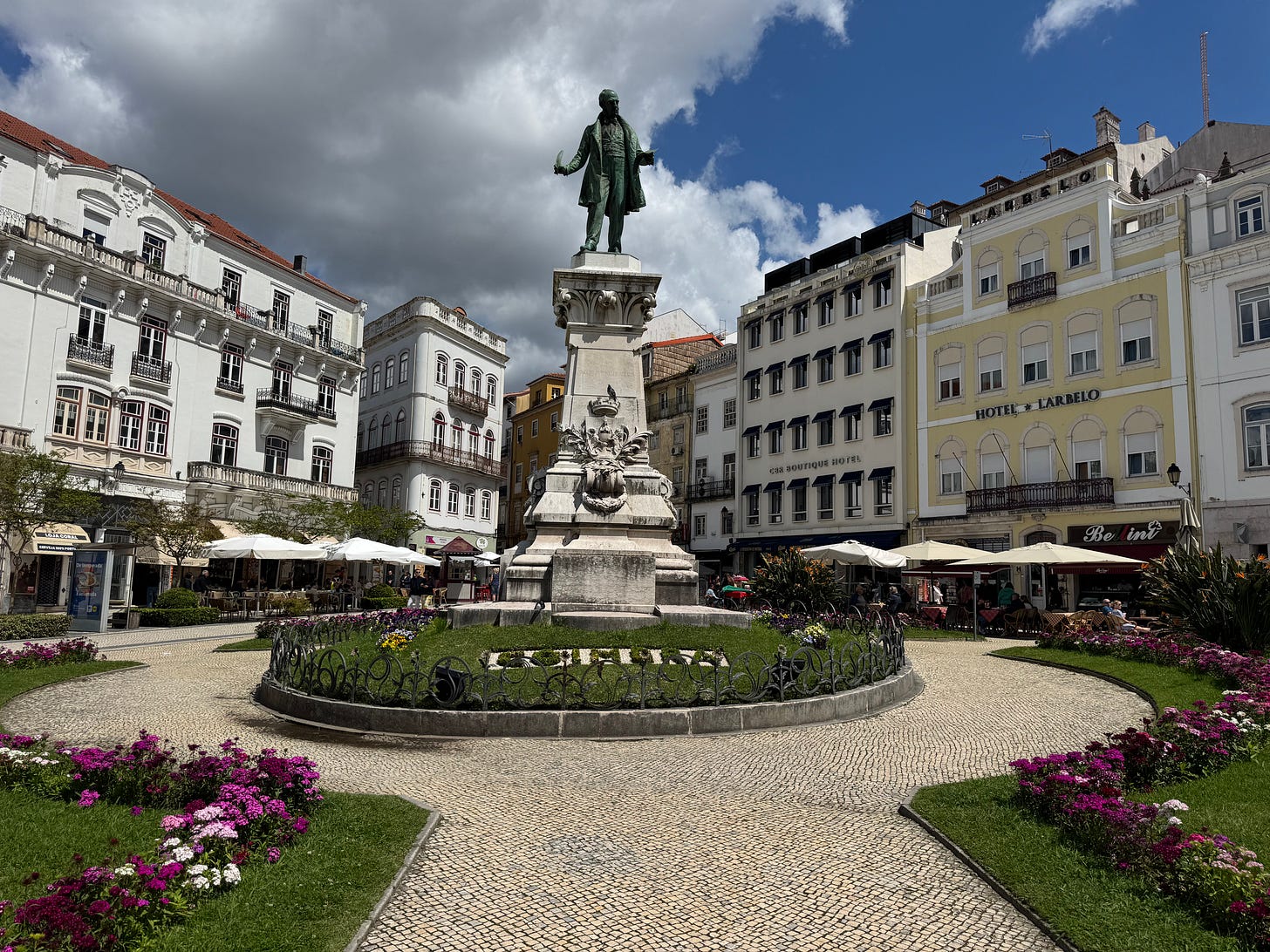
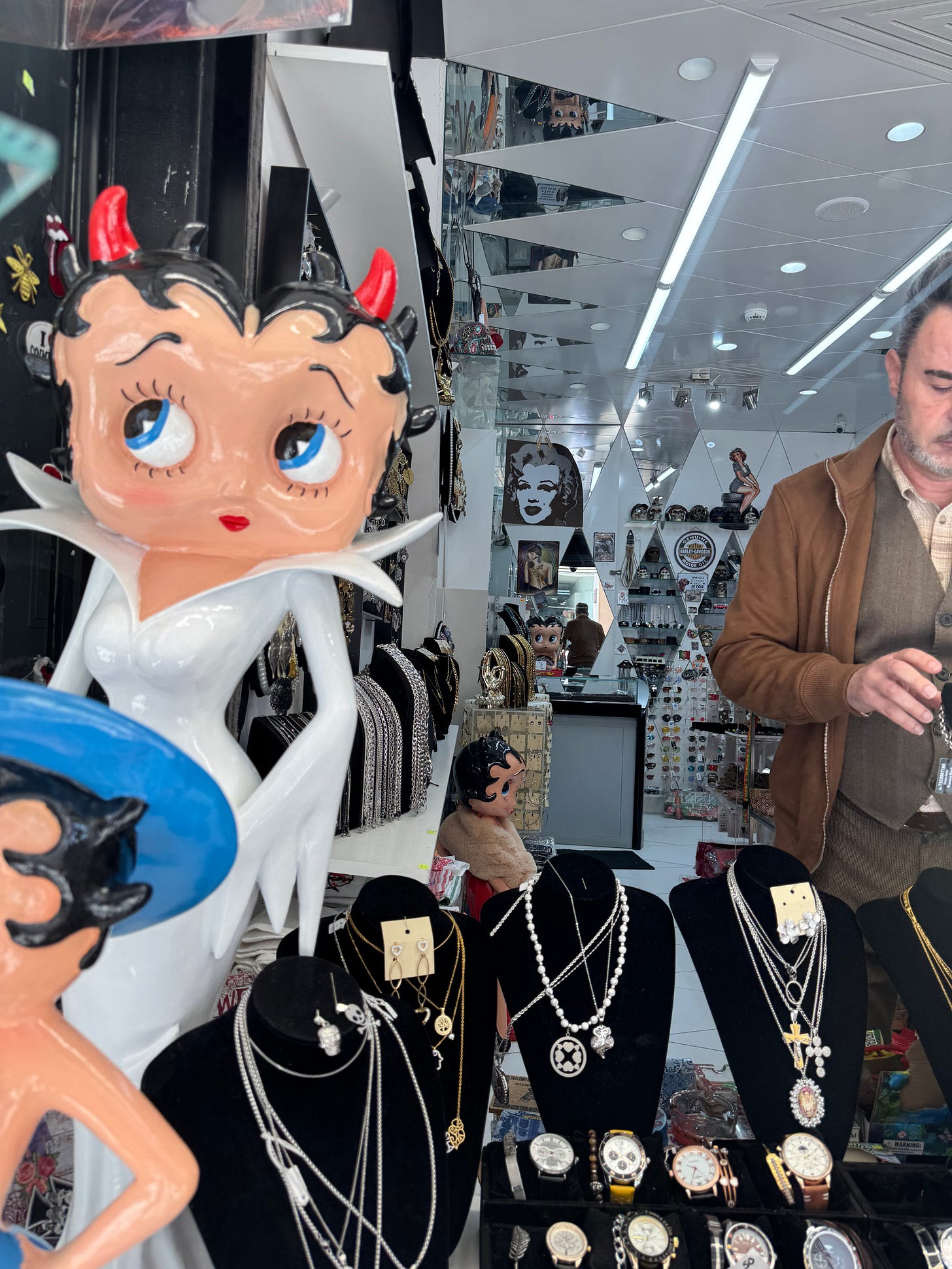
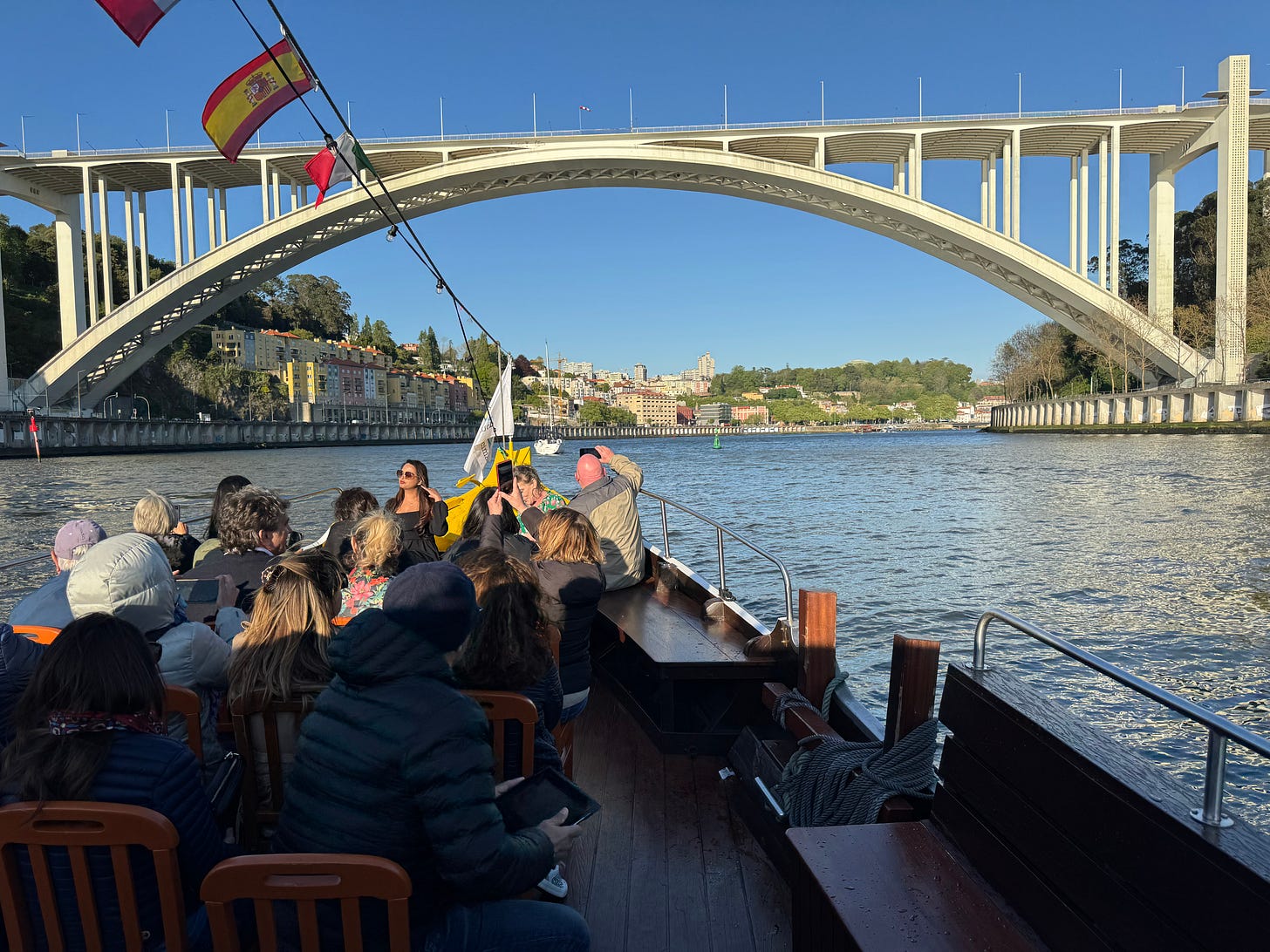
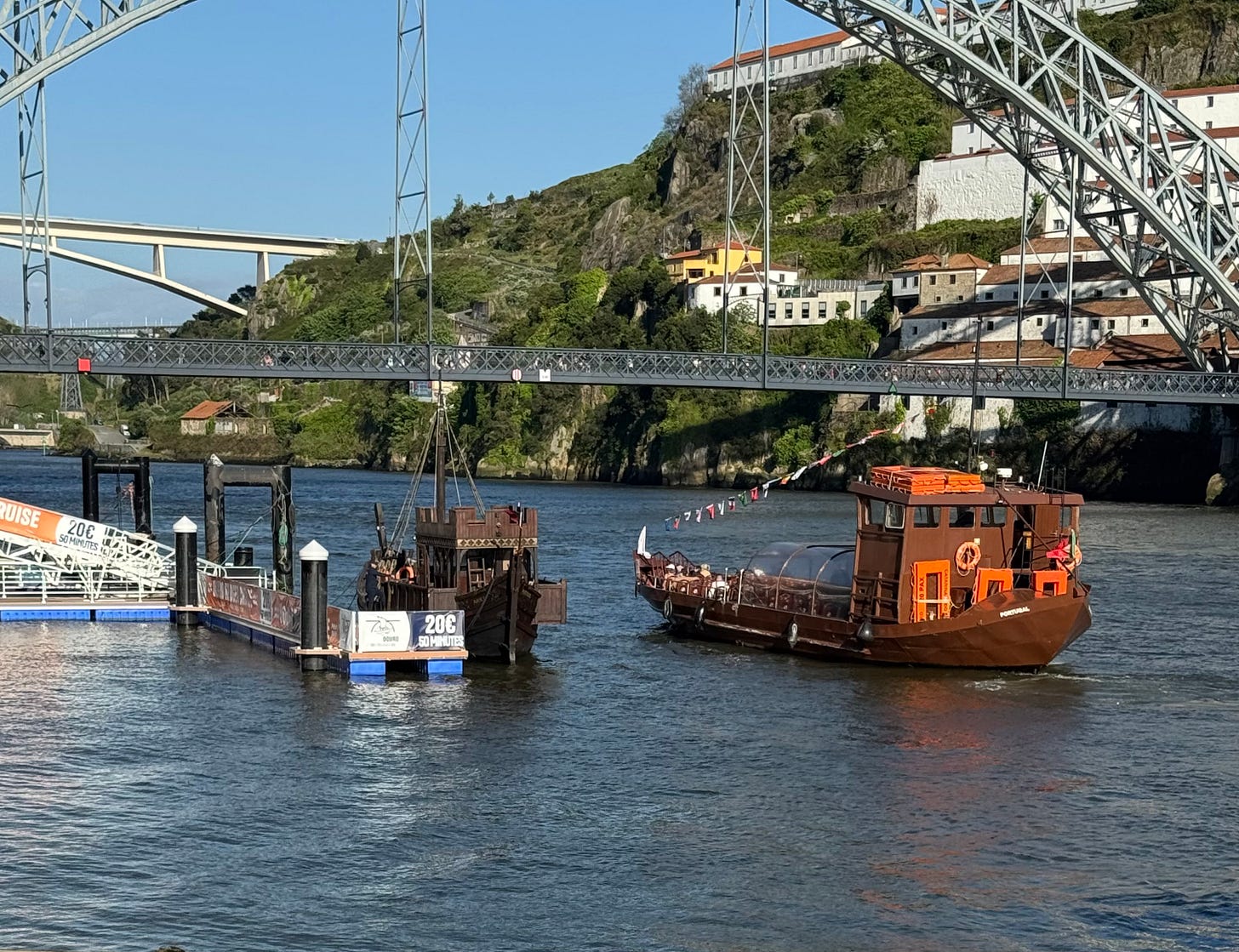
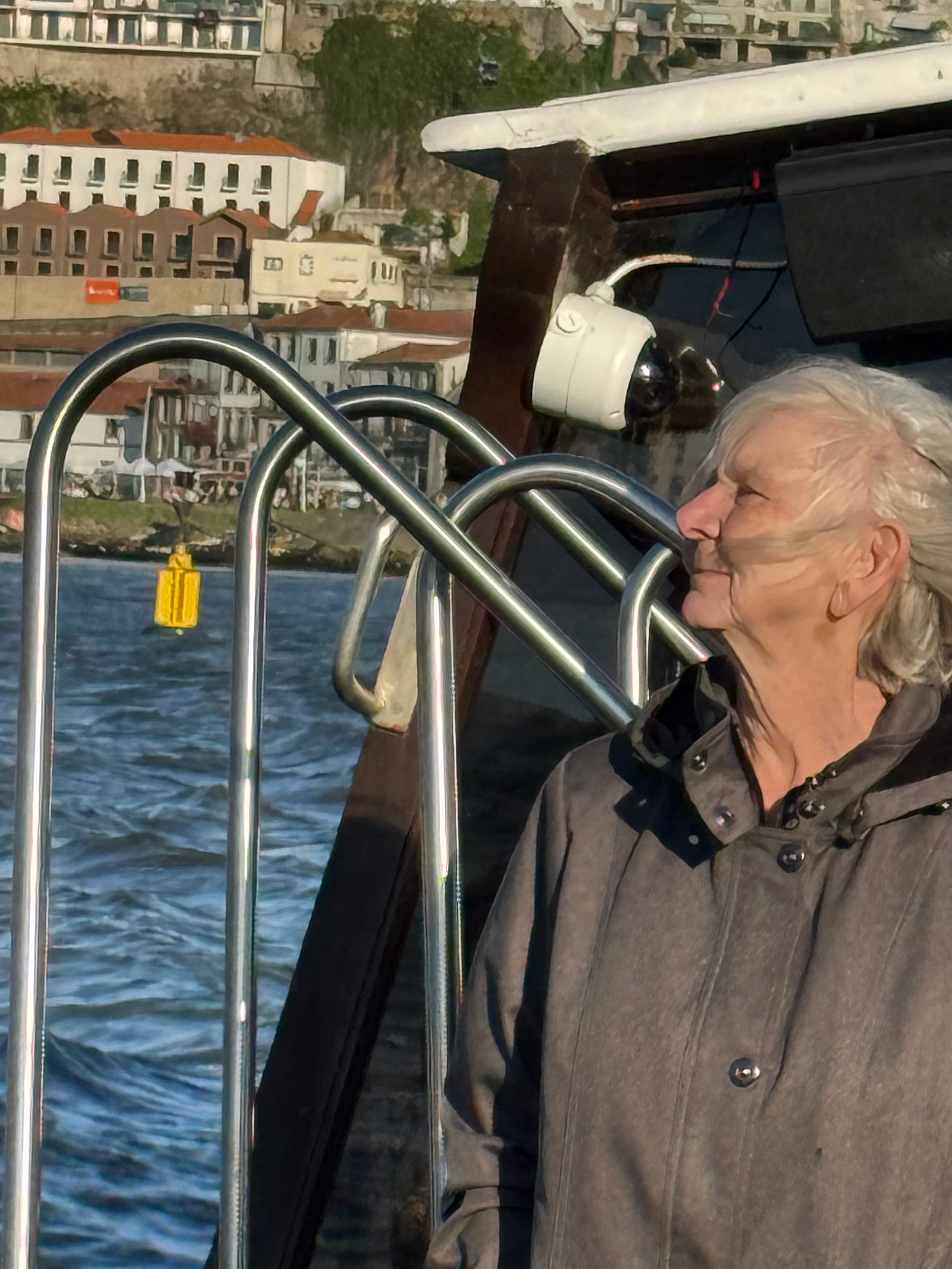
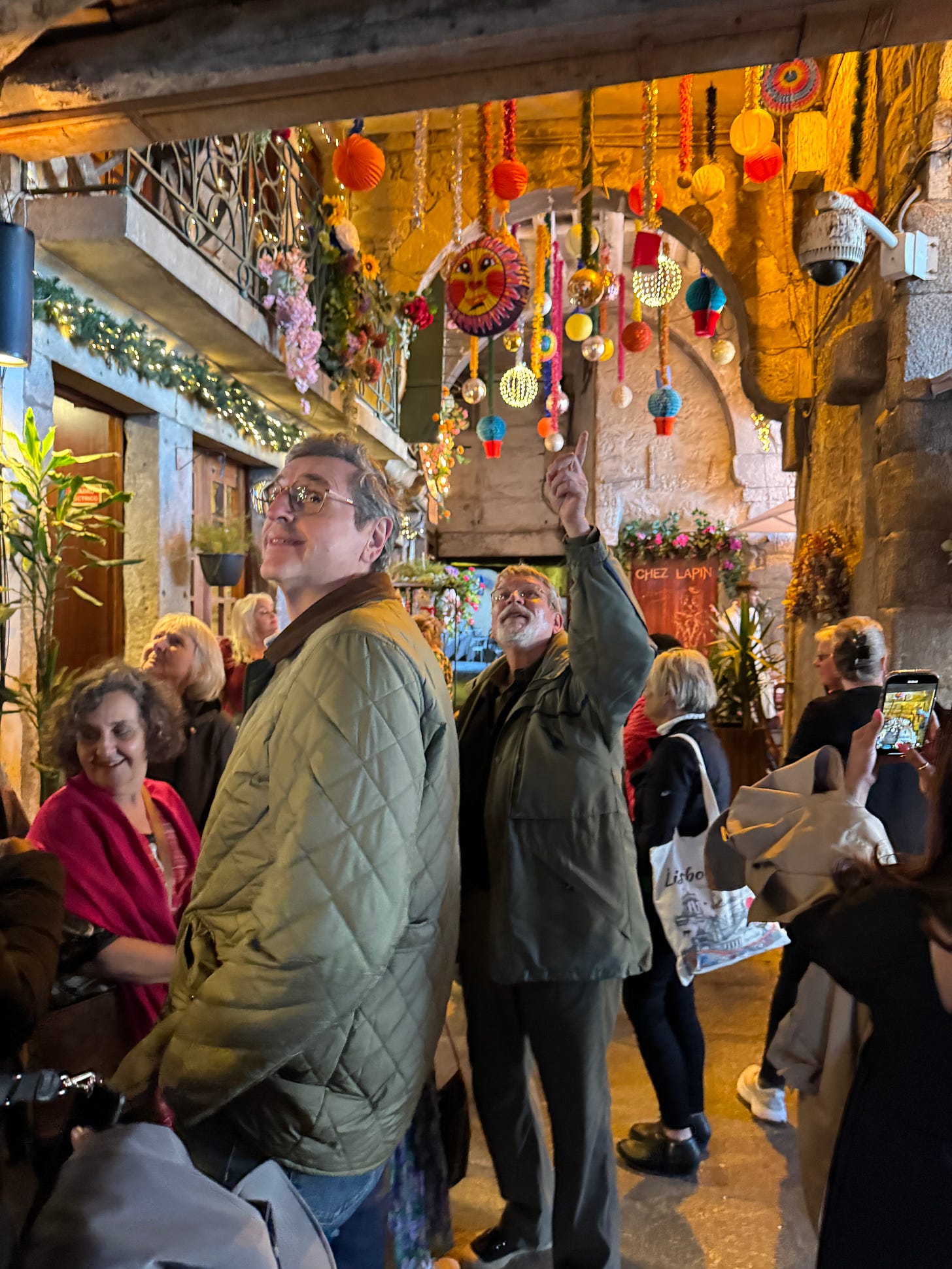

Wonderful Bill ! Thank you for sharing!
Gosh… you may not want to come home.